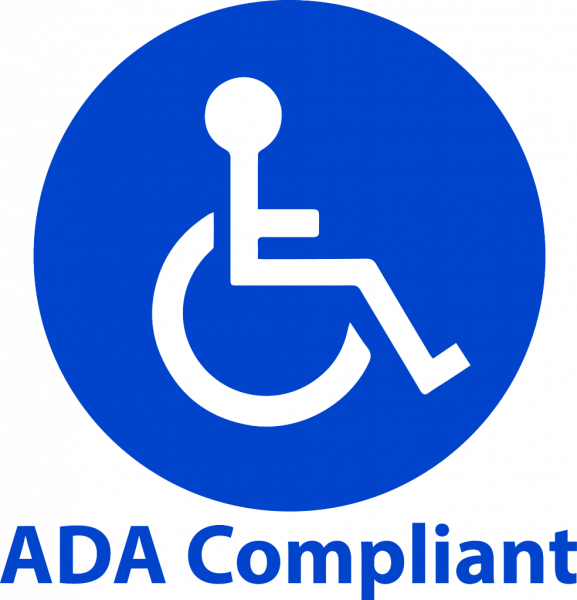FAQ
Welcome to our Frequently Asked Questions page;
Please contact us if you don’t see the answers to your questions. We are here to help you and are always happy to answer any questions.

For the purpose of identifying and evaluating any potential drug interactions, our pharmacists use a cutting-edge computer system. Our pharmacists can now give patients the most recent information on drug interactions thanks to this system, which also warns them of any possible side effects. If there are any important interactions, we will let your doctor know.
Please let us know about every medication you are currently taking, including prescription, over-the-counter, herbal, and dietary supplements. That way, when you get a new prescription, we can be certain to find any possible drug interactions.
You will be notified by phone if the process of resolving a drug interaction causes a significant delay in filling your prescription.
If it seems less threatening, a pharmacist would need to speak to you directly to offer the best course of action and to update your customers profile if necessary to avoid future reactions. Call the number printed on your prescription bottle.
The majority of prescription drugs should be kept at room temperature, away from moisture, and ideally out of the sun, the heat, or both. The bathroom medicine cabinet is not the ideal location for medications. The stability of the medication may be impacted by moisture and temperature, which means it might not last as long as it would if it were properly stored. Refrigerating some prescriptions is advised. How should I store my medications? Ask your pharmacist.
Keep medications secure and out of children’s and animals’ reach. Never mix various medications in one container. Unless someone is in charge of managing the dispensing of medications via cassettes or pillboxes, keep each medication in its own unique bottle.
It is important to pay attention to the labels and instructions for each medication and to make sure that you understand how much of each medication needs to be taken, how frequently, and when.
We fill almost all non-sterile compounds, including:
- Hormone therapy for women and men, including bioidentical hormone replacement therapy (bHRT)
- Topical anesthetics and medications for pain management
- Dermatological compound
- Adrenal dysfunction and thyroid support
- Veterinary care
All Your Pharmaceutical Needs in One Place
Let Pinecrest Pharmacy take care of your prescription needs

Let Pinecrest Pharmacy take care of your prescription needs
We offer convenience with a personal touch to enhance your quality of life. Fill your prescriptions more efficiently and conveniently. Home delivery and expert services available.
We are dedicated to your wellbeing and that of your loved ones. Please let us know how we can best serve you.


